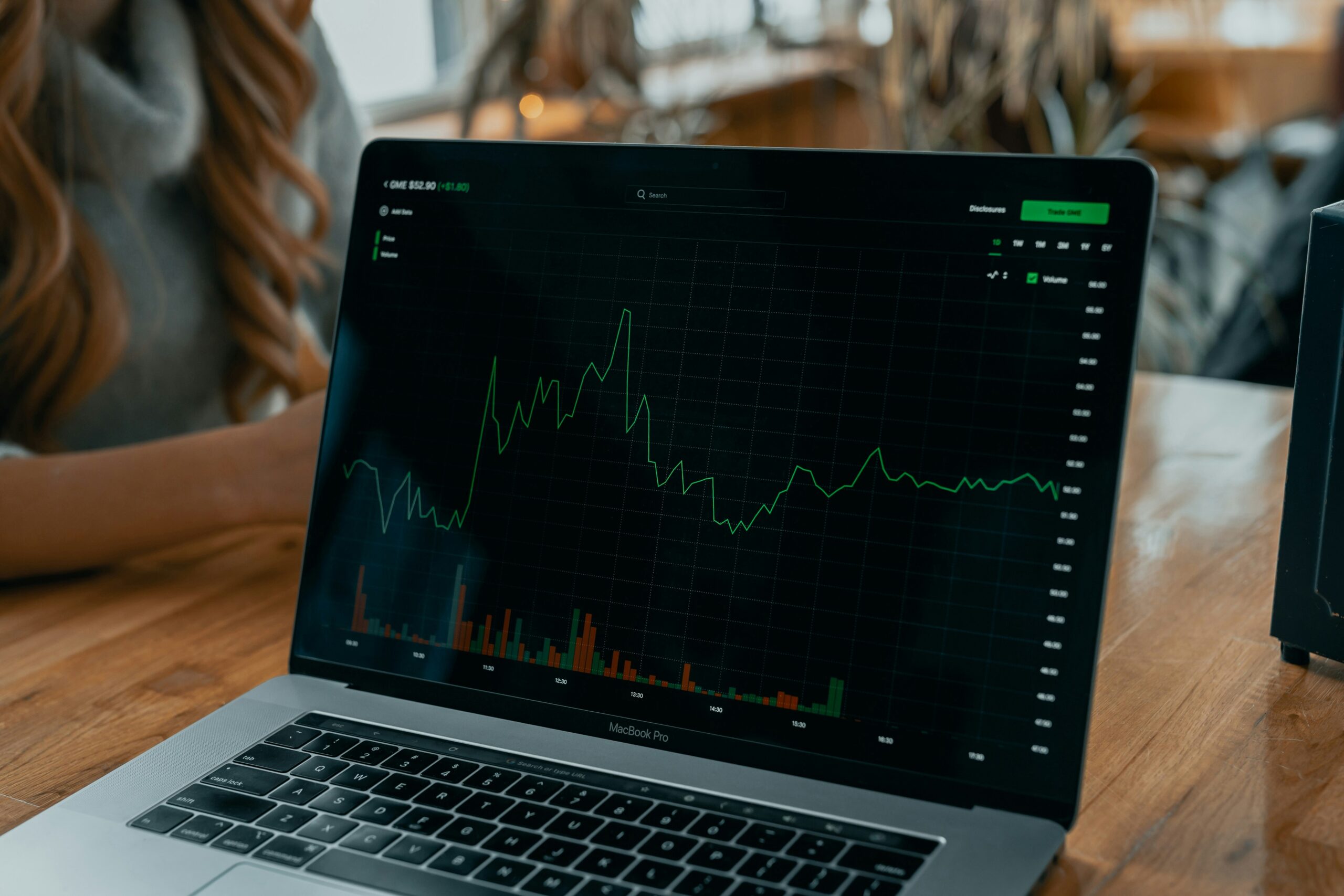CFD trading allows you to trade in different countries around the world. You can trade financial items and you do not have to own them.
Traders can register on any suitable one from trading platforms and start investing. Keep reading to learn how to start CFD trading.
CFD Trading Definition
It refers to a contract for difference. It is a binding contract between a broker and the CFD trader. They usually agree to exchange the closing and opening prices at the end of the contract.
The contract requires a trader to guess the rise and fall of prices of items like stocks. A trader will bet that the price of an item will go up or down at the start of the agreement.
An outcome is determined through the difference in price at the start and end. The broker will pay if the trader makes a profit. But if the trader makes a loss, the broker will charge them.
CFD trading does not involve buying items you made a bet on. It is a way to predict whether the price of the item will rise or fall.
Terms To Keep In Mind
CFD trading introduces technical language that is difficult for beginners to recognize. Here’s a look at the most common you will come across and what they actually mean:
Leverage
You may trade CFDs with capital you borrowed. The broker will provide the funds for trading with leverage.
Leverage is also the ratio of the money borrowed from a broker to the amount you deposited. This allows you to meet the requirements for minimum deposits in a transaction.
This position means you can earn 100 times the profit. But it also means you can make 100 times the loss.
Margin
This is the amount you pay a broker to open and ensure they keep an existing leveraged open position running in the market.
Long Position
Also known as “going long”. It refers to “buying” into an instrument, hoping the price would go higher. You would then sell the instrument at a higher price, which is your profit.
Short Position
“Going short” involves making a prediction that an asset’s price would go lower. You would look to “sell” the asset at the start of the contract and “buy” it at a lower price at the end of a contract if your prediction comes true.
Open Position
A CFD contract stays active or in an open position while it is still in force. When a trader sets the parameters of the trade and enters the market, the CFD trade will remain open until it is reversed. A CFD trade can also close if it has a stop or it reaches a limit or expiry date.
Stops
Will stop an open position when the value of your asset drops below a set limit.
Slippage
Refers to the price difference between what you intended to buy an asset and what you actually bought it for.
How To Start CFD Trading
We will use the AAA Trading platform as an example:
- Register your account with the CFD broker
- Like most other trading platforms, verify your account
- Fund the account
- Start trading
User registration on the AAA Trading website. Source: AAA Trading
You can download the CFD and Forex trading app on Google Play Store.
The CFD Trading Process
Your job as a trader is to conduct research on a given market or asset and then place your transaction detailing how you think that market will perform.
When you decide to “buy” or “go long”, it means you think the market will rise. You will then “sell” a rise in price as your profit.
Remember that you will not be buying any items. What you have is an agreement to track the price movement of the item. You will only gain if the price moves in the same direction as you had guessed.
The same applies if you decide to sell. When you “sell” or “go short”, you’re predicting that the market will fall. If the market decreases in value, then your prediction is right, and you will gain. You can “buy” the decrease in value. Sell high and buy low.
Keep in mind that there are some expenses involved in CFD trading. Your transactions are subject to financing costs as CFD trading is a leveraged product. The leverage also attracts daily interest charges.
Let’s say you want to trade CFD shares of a company like Apple. As you can see from the picture below, it is on a downward trend. If you place a “sell” position and at the end of the trade the price drops to $183.85, you can “buy” it at the new price, so your profit would be $185.85 (current price) – $183.85 = $2.00.
Apple stock trading price. Source: Google.
CFD Trading Tips
Before you head straight to trading CFDs, here are some tips and strategies to apply to help you minimize mistakes and become more successful:
1. Try the demo account first
A demo account allows you to learn CFD trading without the risk of losing your money because of a rookie mistake.
2. Conduct market research
The only way to gain a competitive advantage is to conduct thorough research. Don’t rely on gut instinct or be swayed by the potential returns of trade. Be patient.
3. Settle for the best brokers
Different brokers have different charges and user experiences. It is in your best interest to find one offering reasonable customer service and trading costs.
4. Check your leverage
Always keep your eye on your leverage positions. Ensure you have adequate stops and adjust stops to lock in profits as they keep rising.
Conclusion
CFD trading involves speculating on the rise and fall of prices of an asset. You will gain a profit if you rightly guess the price shift by the end of the contract. It can be tricky unless you spend time researching before placing any position. Beginners would do well if they tried the demo account first to avoid costly mistakes.







